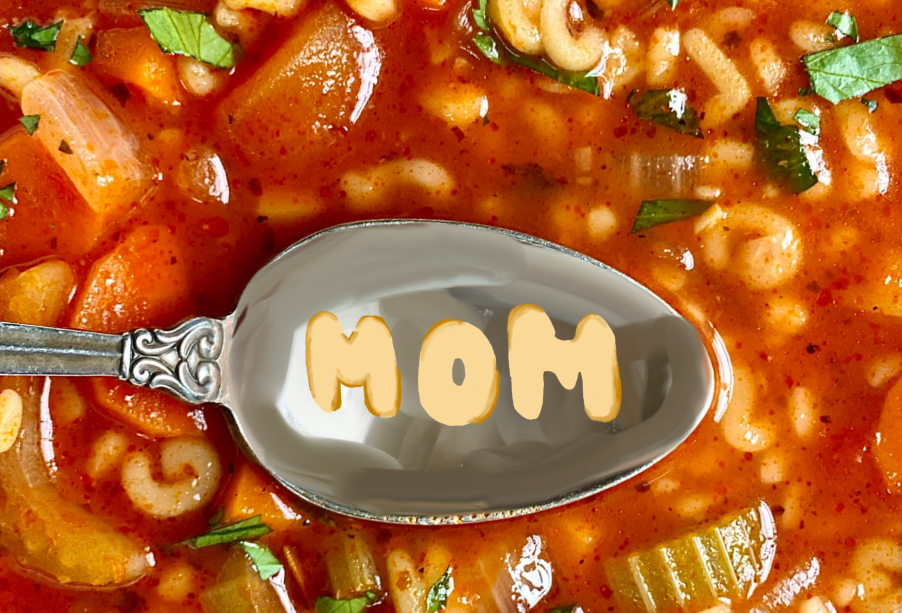It is a truth universally acknowledged that an all-nighter-pulling student needs coffee. Most of us have been there at some point, but when entering that Bean & Bean, Starbucks, Dunkin’, or Crawfords, the sheer number of caffeinated choices—americanos and lattes and cappuccinos and macchiatos—can be daunting. You’re not alone; before starting my job as a barista last year, I frequently shied away from coffee for this very reason. In fact, I still find my knowledge of coffee to be lacking. Not to fret…with the aid of Nellii Hinds, a veteran Starbucks barista at the Great Neck Plaza location, here is a summary of the most popular caffeinated beverages.
Fresh Cup o’ Joe: Coffee and Iced Coffee
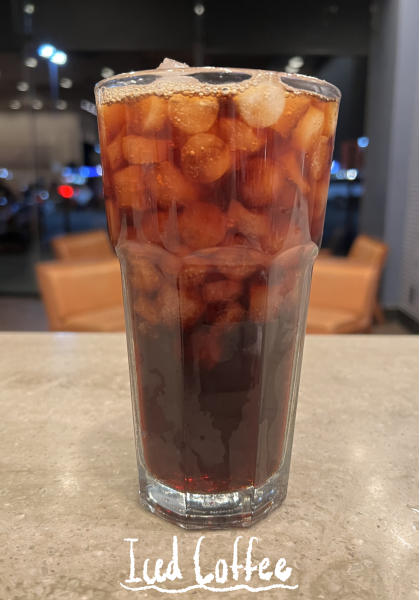
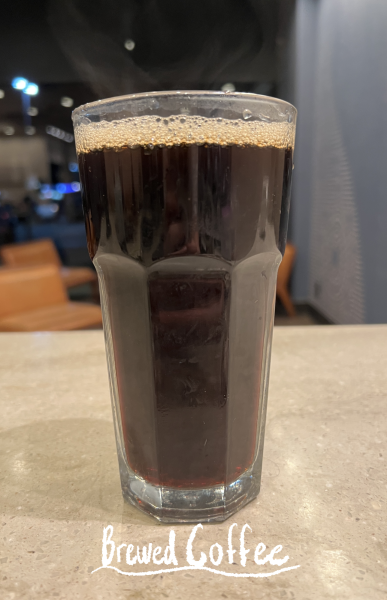
Getting that sudden craving for caffeine at home, you will most likely gravitate toward making brewed coffee out of a Keurig or drip coffee maker; making it is easy, and enjoying it can be as equally satisfying. However, what goes on behind the scenes?
It all starts with whole coffee beans. Explaining how Starbucks makes a cup of hot joe, Nellii explains, “We grind [them] on a medium-fine setting, then put it in a filter and brew it inside our machine.” In the brewing process, hot water gradually dispenses into the brew basket, combining with soluble coffee grinds that results in a trickling stream of flavorful steaming coffee into the coffee urn.
Other than that, there are few tricks involved. In fact, the process of making iced coffee is not so different: “After brewing the coffee hot, we ice it and stir it,” Nellii describes.
Godfather of Coffee: Espresso
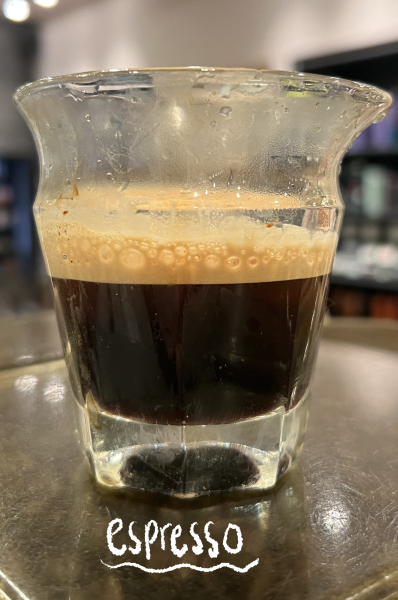
Espresso acts as the foundation for some of the most popular caffeinated beverages; you can count on espresso as the make-or-break factor for your daily latte or mocha. The espresso-brewing process involves the same key concept as brewing hot coffee: the saturation of coffee grinds. However, unlike brewed coffee, the key to espresso is a finer grind and a significantly smaller proportion of water. As grind size determines coffee strength, the result is a highly concentrated shot glass-sized coffee.
MacGyvered Version of Brewed Coffee: The Americano & Iced Americano
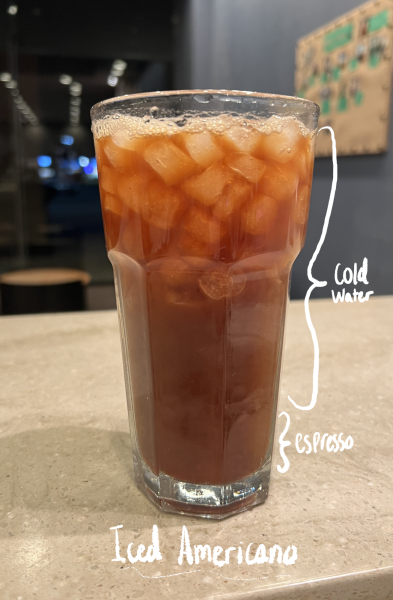
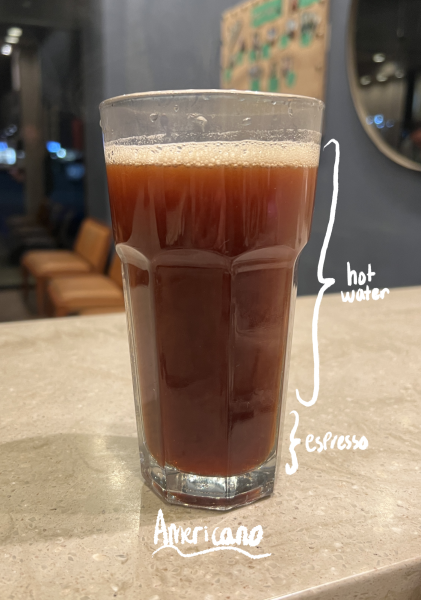
On a hot, sunny day, you might reach for an iced americano to relieve some of your increasing sweat or thirst. You can think of americanos as espresso-made brewed coffee; taste-wise, they both plainly emanate that grimace-inducing acidic, nutty flavor. As it is more concentrated than brewed coffee, however, espresso must be diluted with hot water to emulate the weaker brewed coffee.
So why not just go for a brewed coffee? Beyond individual preference in flavor, the grind-water proportion used to make espresso means that americanos also tend to be less caffeinated for the same volume of coffee, which is great if you don’t want to consume too much caffeine so that you can’t fall asleep. And if you prefer decaf entirely, you might have a better bet with americanos at some coffee shops, which stop brewing decaf hot and iced coffee after a certain time of day but carry decaf espresso at all hours.
A Popular Pick-me-up: The Latte
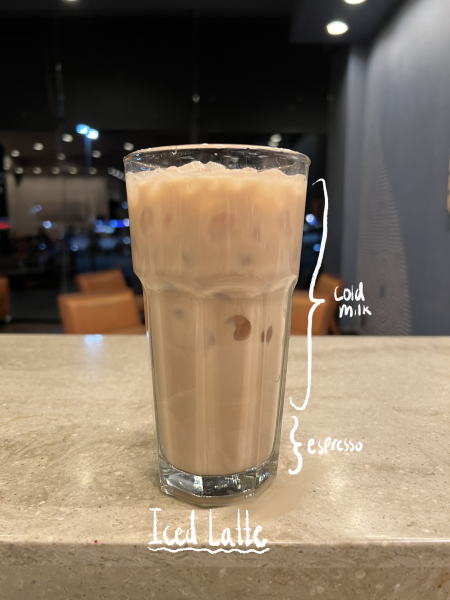
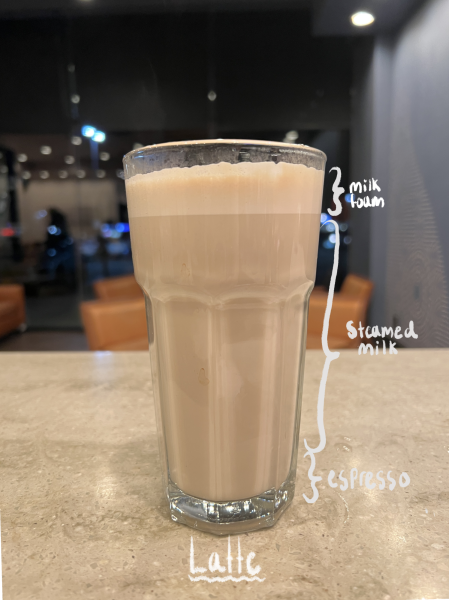
Lattes are perhaps the most versatile out of all the types of espresso drinks: You might indulge in Starbucks’ Pumpkin Spice Latte during the Halloween season or acquire an appetite for the Chestnut Praline Latte during the Christmas season. They are best known for the fancy latte art—hearts, flowers, or even swans—that baristas draw on them.
Hot lattes are made with espresso, steamed milk, and a small amount of milk foam on top (which is created during the steaming process). Compared with regular coffee with milk, the milk foam makes hot lattes smoother and creamier upon the first sip. Iced lattes are even simpler. “It’s just espresso and cold milk,” Nellii said. Made up mainly of milk, lattes are also a more mellow counterpart to brewed coffee, so they could be a good starting place if you’re seeking to map out the menu. But since unsweetened lattes may be too bitter for those not used to drinking coffee, try a flavored latte first!
A Creamier, Frothier Latte: The Cappuccino

Cappuccinos are nearly identical to lattes, but there exists one key difference. According to Nellii, “Cappuccinos have more foam [than lattes].” Milk foam makes up around 20-30% of these airy drinks, so if you’re craving something smoother to digest, cappuccinos may be right for you! At some locations, you might also see an iced cappuccino offering. These are made the same way as iced lattes, but to emulate the same airiness as of a cappuccino, the drink is topped with frothed cold milk. (Ordering this from Starbucks, you may have to clarify you’re ordering an iced latte with cold milk foam, as the beverage was officially discontinued years ago.)
Two Options: Macchiatos
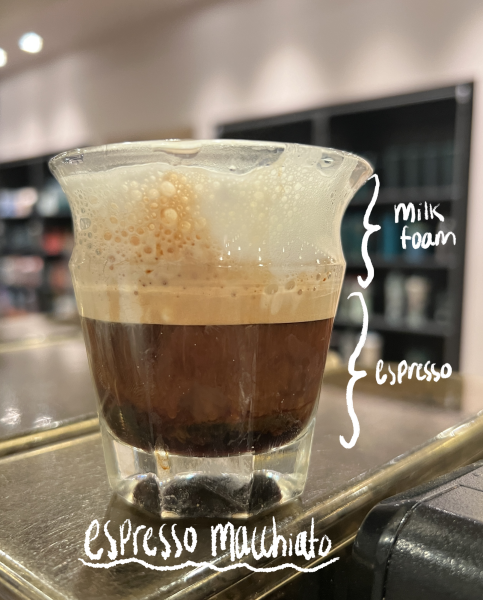
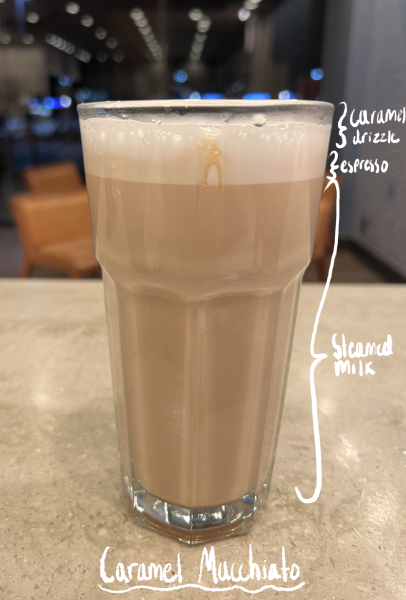
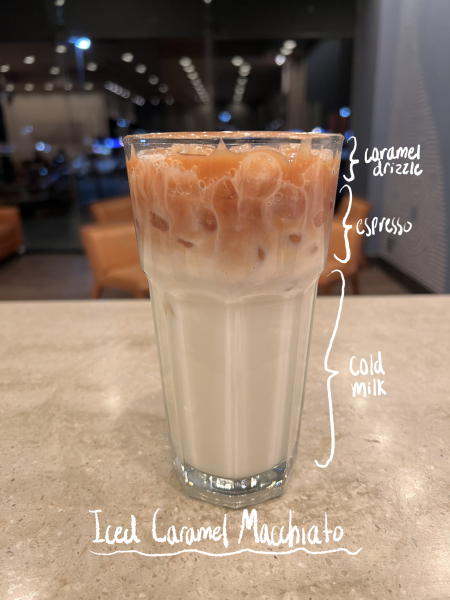
If you frequent Starbucks, macchiatos can get confusing. Traditionally speaking, and as is the lingo with most independent coffee chains, macchiatos are espresso shots with an equal volume of milk foam added on top. This version is also known as an espresso macchiato. They are perfect for those seeking a quick route for a burst of caffeine without encountering the full-on bitterness of plain espresso. So if you dare seek to drink plain espresso, try an espresso macchiato first: Pure espresso can often be too bitter.
With the advent of Starbucks’ Caramel Macchiato in 1996, Starbucks popularized a new definition of a macchiato: lattes with espresso shots poured on top! If you happen to stop by Starbucks, try a Caramel Macchiato, featuring vanilla syrup and caramel drizzle! Although encountering the bitterness of espresso at first sip, you’ll soon be treated to creamy, sweet delightfulness.
A Twist on Iced Coffee: Cold Brew & Nitro Cold Brew
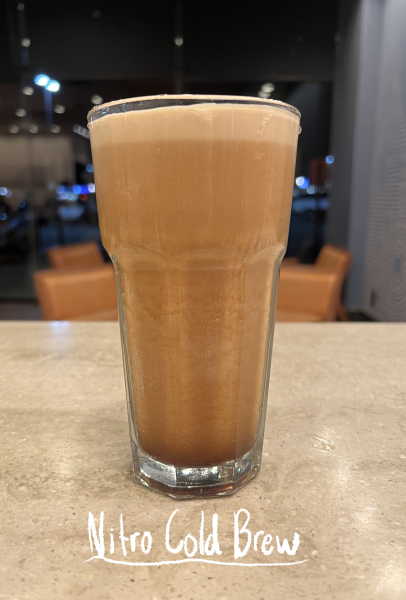
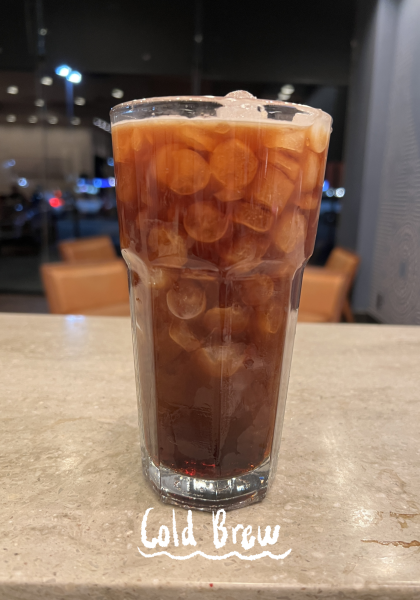
Cold brews are most nearly iced coffees; both look the same, taste of that very similar earthy flavor, and are both iced beverages. The difference, however, lies in the brewing. “We use a coarser grind of coffee and we steep it overnight with cold water,” Nellii explains. While iced coffee is brewed hot and chilled cool, cold brew is slowly brewed with cold or lukewarm water—the key is that colder water takes a longer time to extract soluble coffee grinds than hot water. The result? A less acidic, smoother, more caffeinated taste. If you cringe away from iced coffee’s acidity, cold brew is a better choice for you.
In some coffee shops like Starbucks, you may also find a nitro cold brew offering. Infused with nitrogen, nitro cold brew furnishes a creamier, more velvety version of regular cold brew.
Even after having researched all the drinks, you may still feel swamped by the sheer number of menu choices—that’s perfectly normal. The best first step is to sample and experiment—try adding syrups or toppings or even cold foam to your coffee. Take to social media, exploring the countless creative spins people have put on iced lattes, cold brews, and iced coffees. In the world of coffee, the options are endless!





